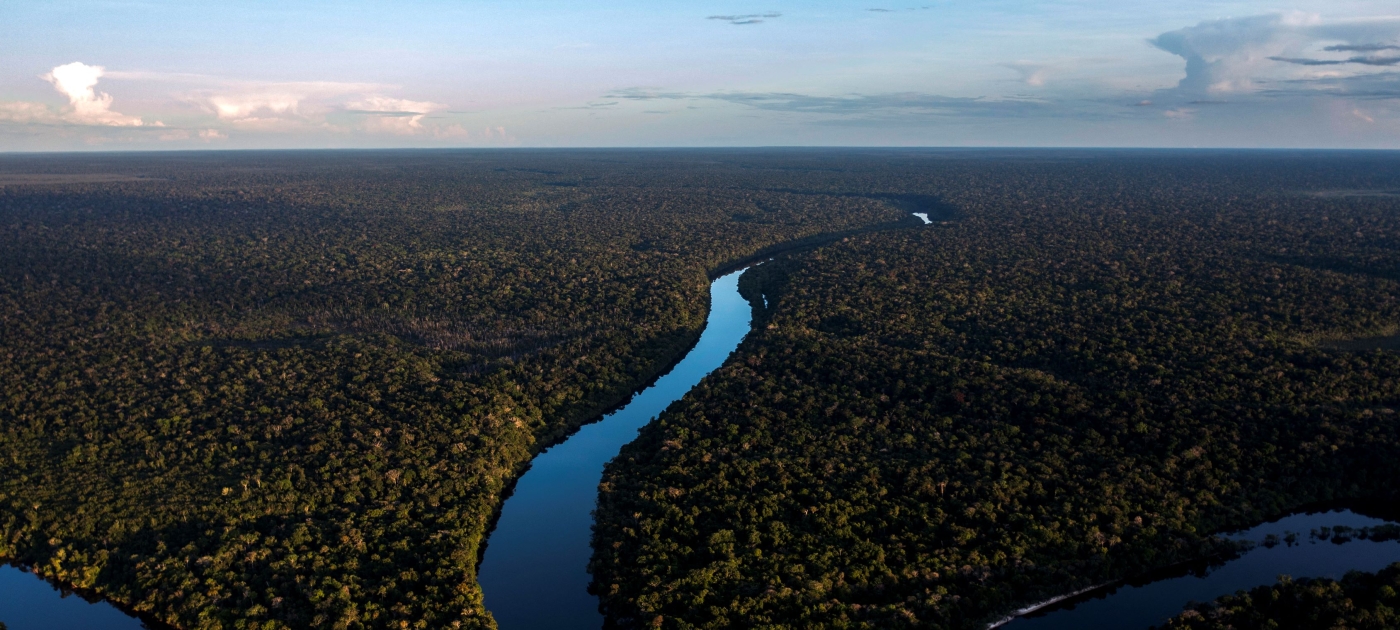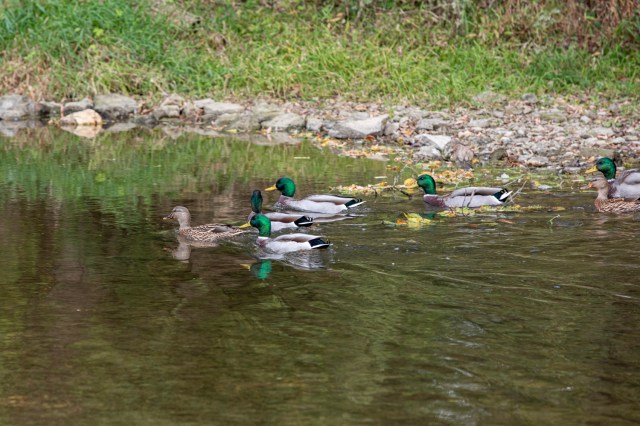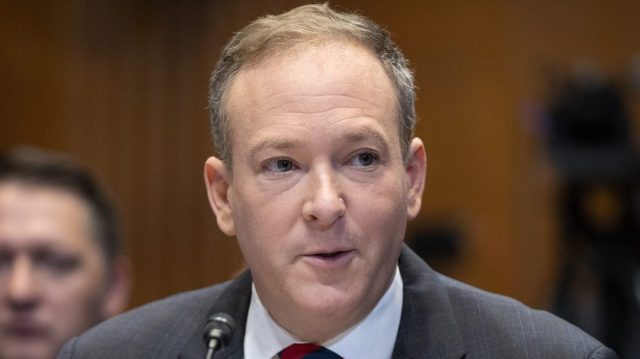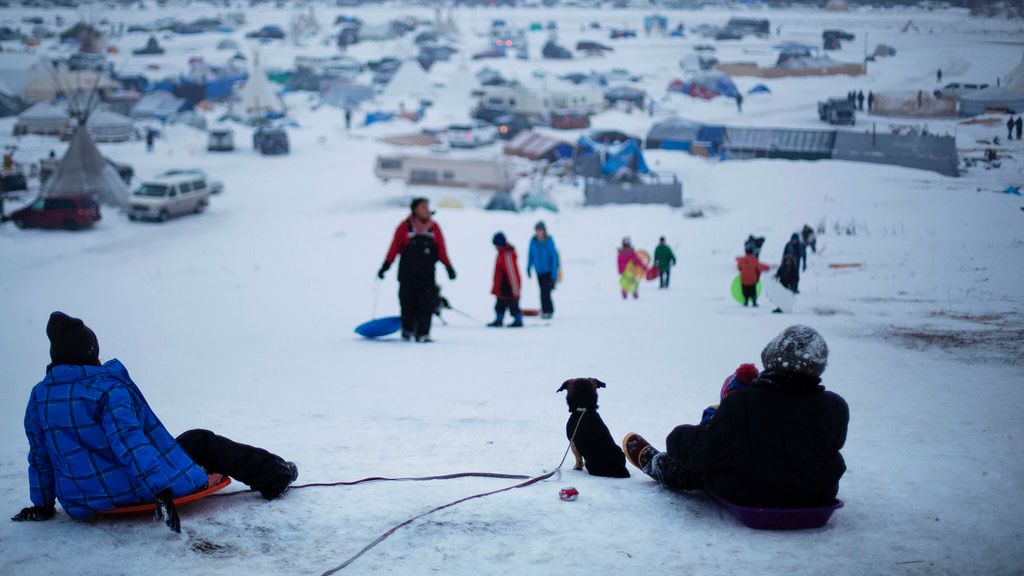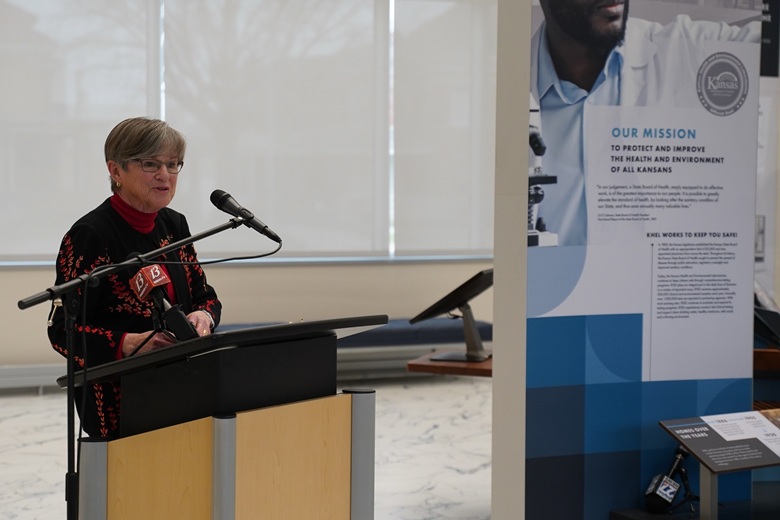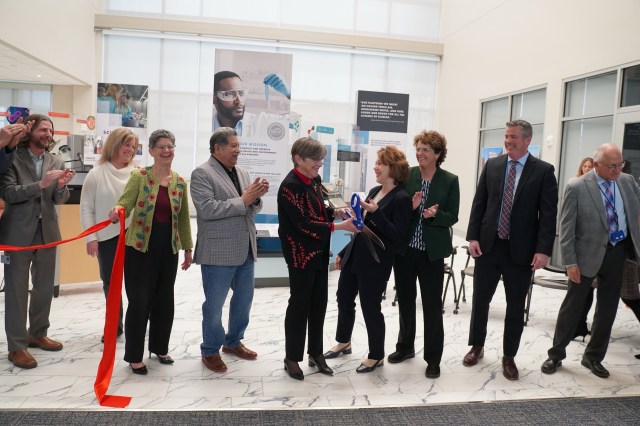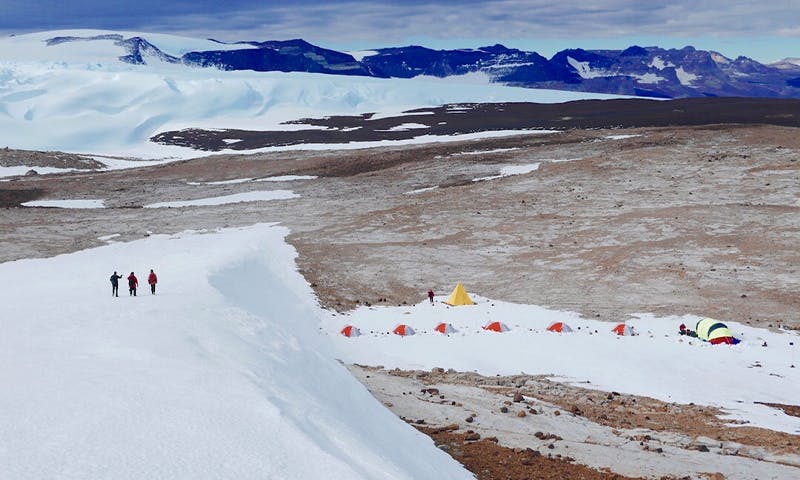
Green Barriers Fall: How a Controversial Executive Order Reshapes Home Buying Landscape
The Silencing of Environmental Justice: When Data Becomes Invisible
In the heart of Houston, a mother's quest for her family's safety was abruptly interrupted when the federal government dismantled a critical environmental mapping tool. Ava Elizarraz, a concerned parent, had long relied on the EPA's Environmental Justice Screen and Mapping tool (EJScreen) to navigate the complex landscape of urban environmental risks.
The tool, once a beacon of transparency, was swiftly eliminated following an executive order signed by President Trump. For Elizarraz, this wasn't just a bureaucratic change—it was a direct blow to her ability to protect her children from potential environmental hazards.
Previously, EJScreen empowered communities like hers to identify neighborhoods with cleaner air, fewer pollutants, and reduced environmental risks. With its sudden disappearance, families are left navigating a landscape of uncertainty, blindfolded to the environmental challenges surrounding them.
Rising to meet this challenge, the Public Environmental Data Partners have emerged as a beacon of hope. This dedicated coalition is working tirelessly to preserve and restore public access to critical environmental information, ensuring that communities aren't left in the dark about the air they breathe and the environments they inhabit.
As the battle for environmental transparency continues, Elizarraz and countless others remain committed to understanding and protecting their communities, proving that the fight for environmental justice is far from over.


